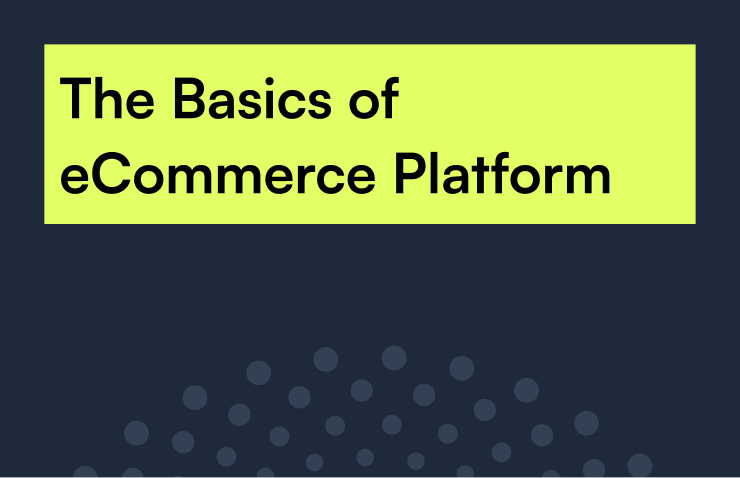Performing a “post-mortem” on holiday may sound grim, but it is actually an important function for organizing all the moving parts from the holiday season and turning them into an actionable plan for continued success throughout the non-holiday months of the year and for planning a e
eCommerce roadmap for the next holiday season. For online retailers, a post-mortem should include examining the campaign as a whole, organizing key performance indicators and analyzing data, and determining what optimizations for future campaigns. This guide serves as an explainer on what data your team should be looking at, optimizations and improvements to be made ahead of next holiday, how to utilize holiday data year-round and whether migrating your eCommerce platform should be a part of you 2018 roadmap.
Analyzing your Holiday Data
There are endless statistics for site monitoring, analytics and reporting. Big data is just that: big. To avoid getting lost in the myriad of data available, focus on the following metrics to get to actionable information:
Average Order Volume: Look at your average customer order value for pre and during holiday. What is the percentage increase? What are customers adding?
Increasing the incremental value of each customer purchase is one of the most effective ways to drive additional revenue. A customer that already crossed checkout barriers such as account set-up and shipping costs for a product they want is much easier to sell smaller-ticket additional items to. Setting up cross-sells, related products and upsells at several points during checkout is a widely use holiday tactic, but it can be applicable year-round. Back-to-school shoppers may want to add additional socks or underwear, Fourth of July buyers may want to add additional themed decorations. Taking your holiday marketing campaigns and applying that already set-up strategy to other key points during the year can
Reactivated Customers: Your customer database is a goldmine. Check your data for customers that have returned each holiday for two or more seasons, these customers are already comfortable with your site and trust your brand, and may be able to be reactivated at other points of the year. Hosting a special private sale for customers on your marketing lists that have not made a purchase for 6-12 months before their holiday purchase, may just be enough to encourage buying in quarters 1-3, when loyal customers and steady sales are needed.
Is 2018 the Time to Migrate Platforms?
eCommerce platform technology is expected to reach $2.1 billion by 2019—more than three times the spending of a ten years earlier, and almost 40% of eCommerce merchants plan to migrate their platform in the next two years, according to Forrester Research in the Internet Retailer 2017 eCommerce Platforms Report.
Outgrowing their current system and technology that cannot keep competitive with other retailers are the top reasons for the switch to a new platform. With these project timelines averaging 6-9 months depending on complexity of the project, post-holiday is the time to get started to ensure a stellar new eCommerce site well before the next holiday season.
25% of the surveyed retailers say they would like to move to a licensed platform that they host themselves or is hosted by a technology partner. With so many retailers looking for a robust system
The eCommerce Platform Checklist
- Agile: The eCommerce platform should have easy end-user training and scalability and agility for changing market trends for years to come.
- Time-to-Market and Changeability: A new eCommerce site should take several months to develop and launch successfully, not a year or more like with some homegrown projects or large enterprise softwares.
- Priced Competitively: The return-on-investment of a platform should be reached quickly and keep returning after that point through market growth and revenue-driving features.
- The Right Partner: Choosing a technology partner for successful development, on-time deliverables and
- Robust Features: There should be a robust suite of features for growing merchants if they wish to add-on in the future, there shouldn’t have to be a lot of retroactive development to add integrations, extensions and add-ons.
We can help you plan your 2018 roadmap by analyzing holiday Insights. Let’s chat.



